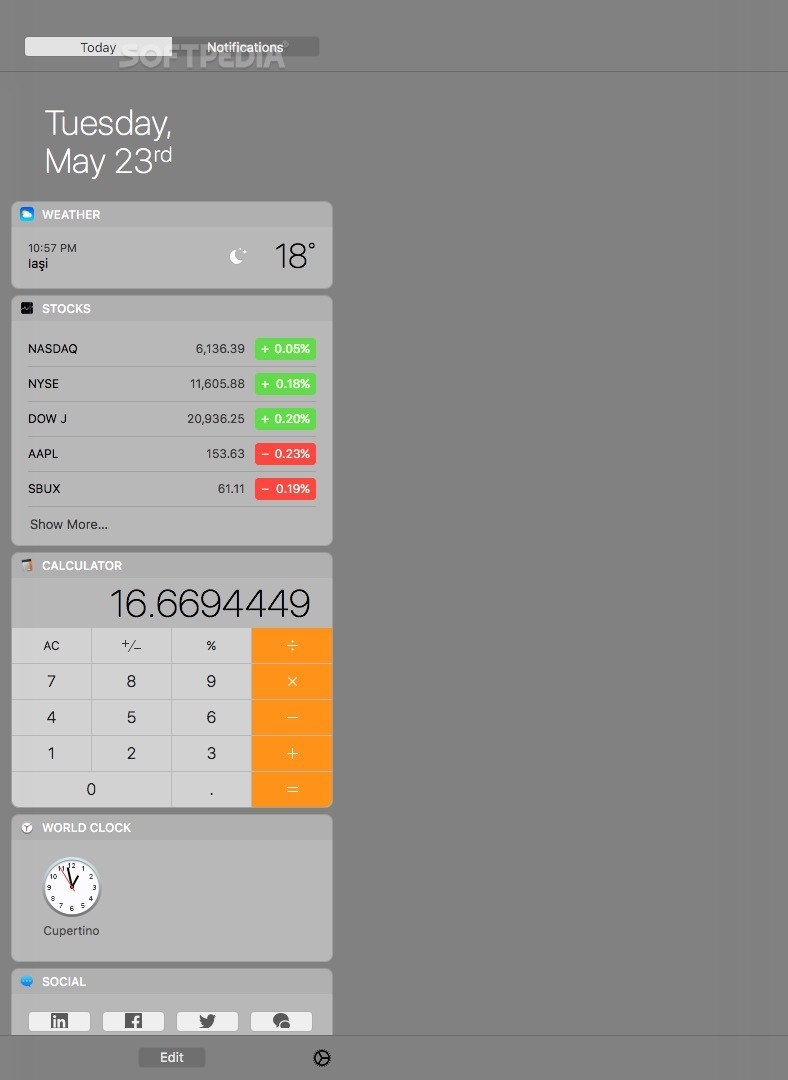


#MYSIMBL NOT WORKING PRO#
Unfortunately, Compiz is only supported on Unix based systems, and I recently switched to using a Macbook Pro as my daily driver. While mentioning this to some friends, they asking “then why don’t you built it yourself, you are a developer after all”. Clearly, injecting into a properietary and closed system like MacOS is no easy task.
#MYSIMBL NOT WORKING CODE#
building a physics engine to simulate the spring-and-friction animations.injecting code into MacOS in order to gain access to the native NSWindow objects of every application.Three main parts are required in order to make this a reality: However I decided to give it a shot anyway. I was delighted to find that there is an active community working on exactly this. SIMBL (SIMple Bundle Loader) loads code via the InputManager system, which was developed to support foreign input methods. It has traditionally been used to create plugins for Safari when it did not natively support those.Ī significant disadvantage is that SIP (System Integrity Protection) needs to be disabled in order to use SIMBL on a modern system. I would strongly advice against doing this on your personal device.
#MYSIMBL NOT WORKING HOW TO#
I am aware of (very hacky) ways around this problem, but have not yet looked into this.īy writing a simple mySIMBL plugin I was able to get a reference to the NSWindow instance, and use that to change any running program in MacOS, perfect! Next up, we will look at how to influence the rendering process. To affect the way NSWindows are rendered we can use a private Core Graphics method called CGSetWindowWarp. This method is mainly used for rendering the genie animation when minimizing and maximizing windows. Typedef struct CGPointWarp CGPointWarp extern CGError CGSSetWindowWarp ( const CGSConnection cid, const CGSWindow wid, int w, int h, CGPointWarp * mesh ) Typedef int CGSConnection // Obtained with _CGSDefaultConnection() Typedef int CGSWindow // Obtained with CGSWindow(window.windowNumber) For more information, check out Kevin Ballard’s blog post. The CGPointWarp mesh used is a 2-dimensional grid of local points with associated global points. The local points are in the window’s coordinate system, whereas the global points are in the screen’s coordinate system. Perfect for our purpose, by keeping track of the window coordinates and translating them by the physics simulation offset, we should be able to warp the windows. Note: a downside of this method is that the transformations are not perfectly smooth. The transformation up close reveals hard corners if we use very few mesh points. To circumvent this ideally we would a very fine grid for the simulation, but this will prevent us from simulating at 60fps. Hence we keep the springK constant high, such that very strong deformations are not possible.Hello Geeky, so today we are focusing on How to Change Mac’s Volume and Brightness Control Overlay HUD. Turn on System Stability Protection (SIP).To change Mac volume / control light control in 2 easy steps.How to Change Mac volume / HUD Epic Light Control.Guide: How to Change Mac’s Volume and Brightness Control Overlay HUD So please read this tutorial carefully so you may comprehend it in a better helpful way.


 0 kommentar(er)
0 kommentar(er)
